What If?
Serious Scientific Answers to Absurd Hypothetical QuestionsRandall Munroe
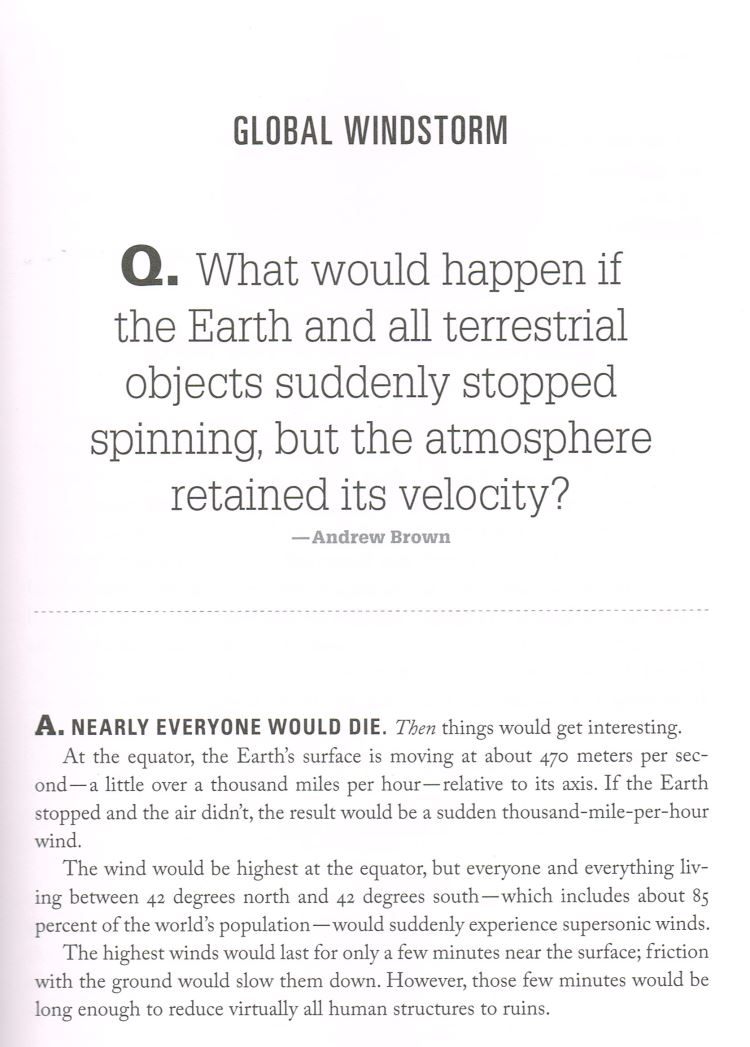
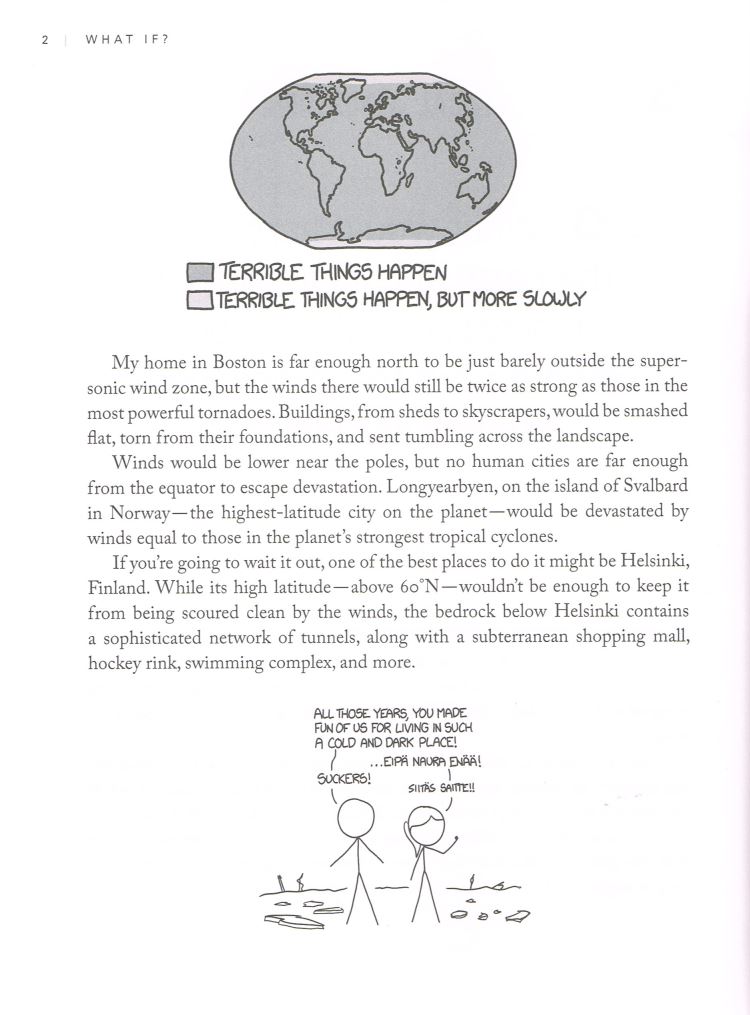
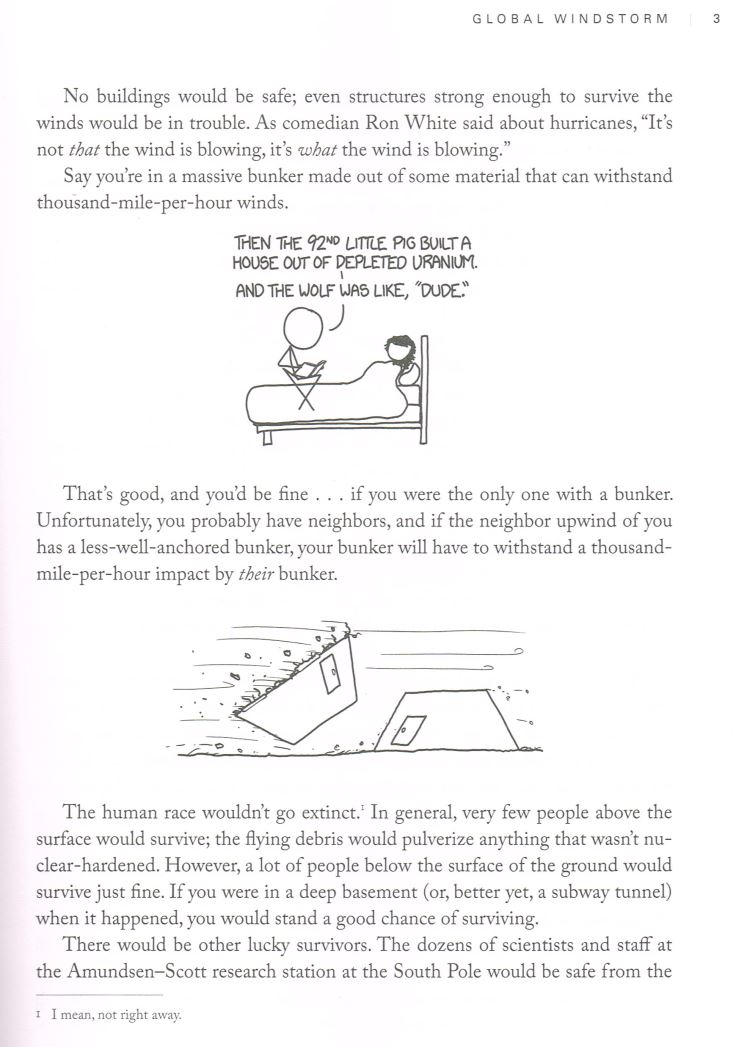
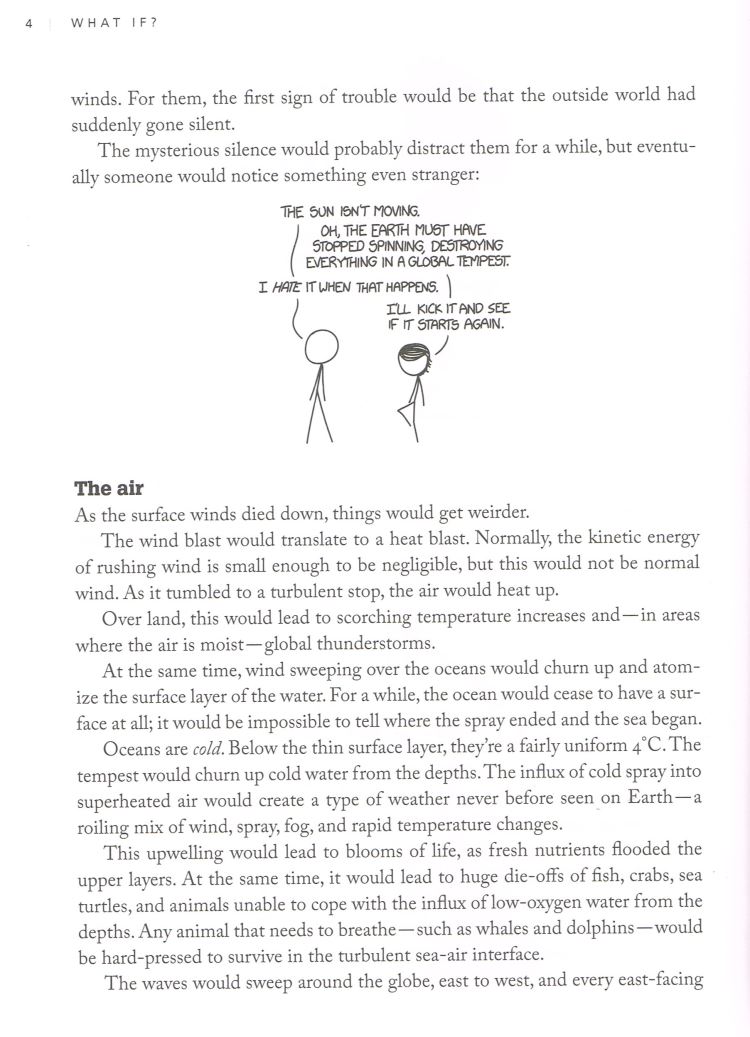
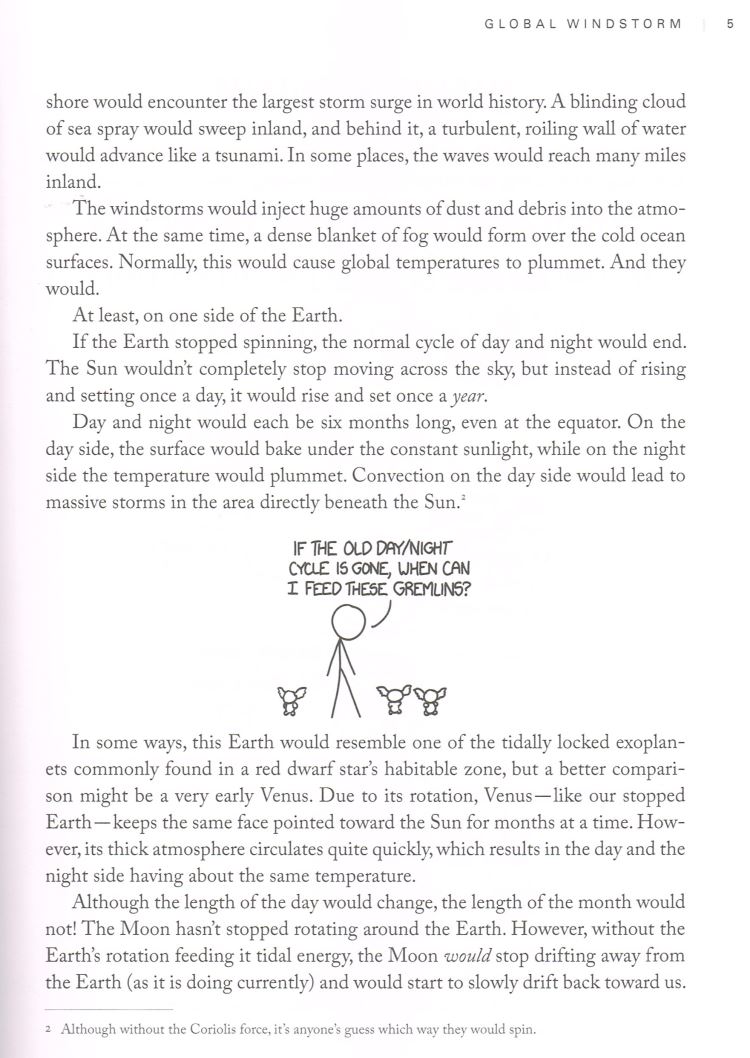
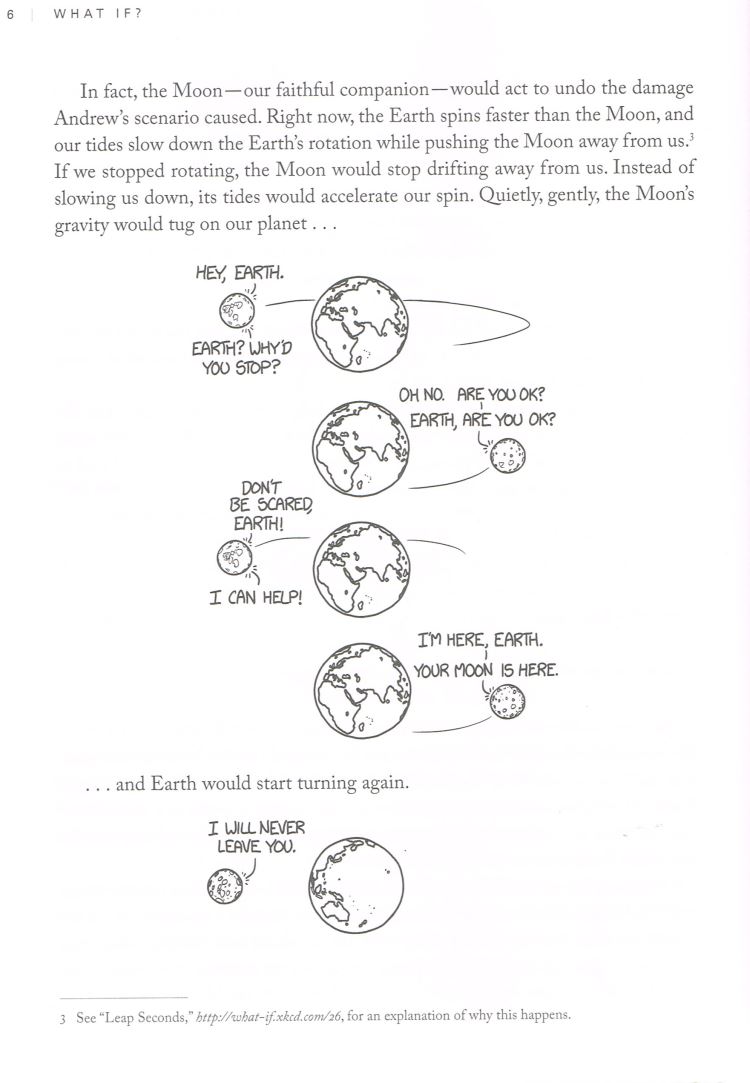
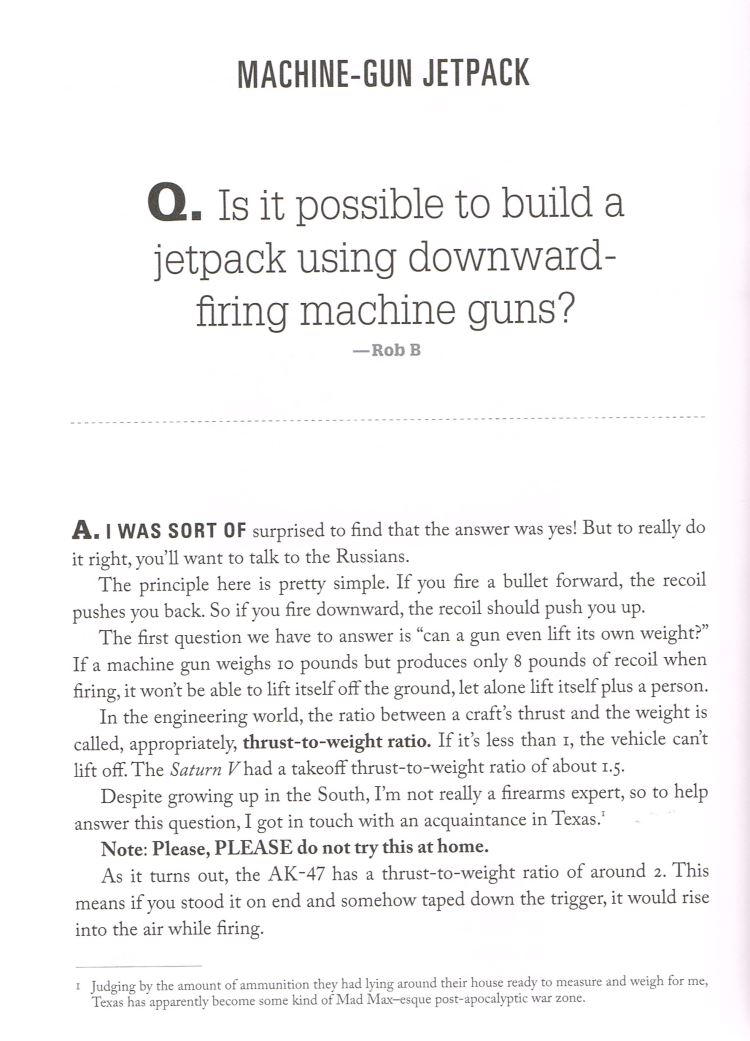
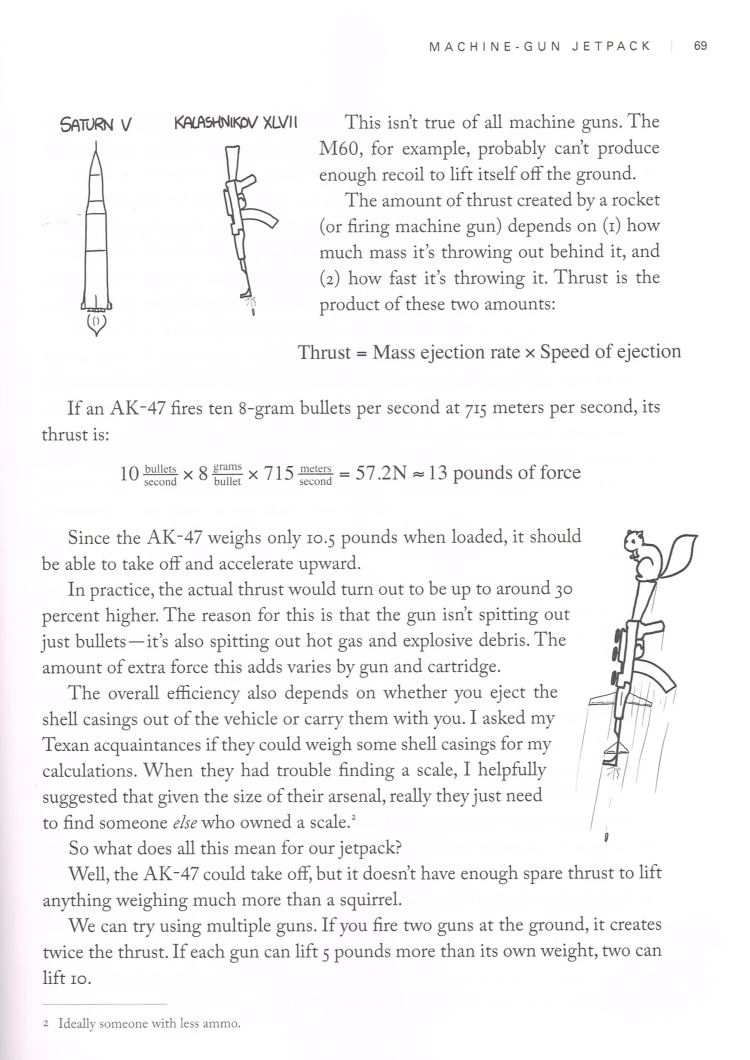
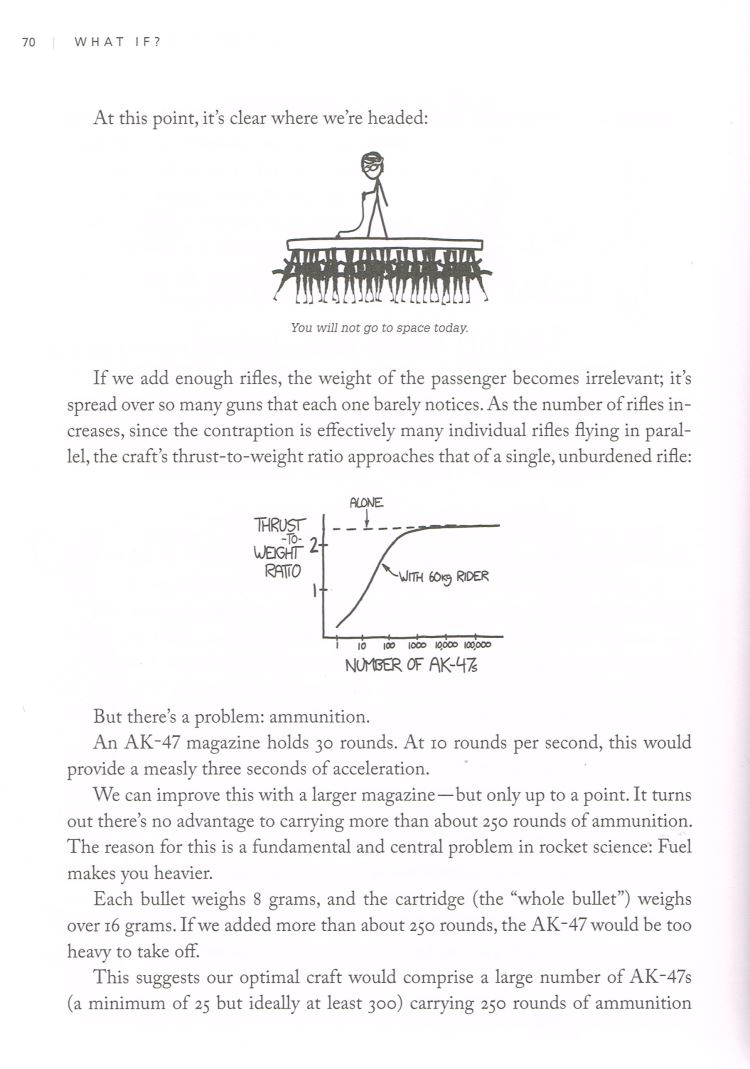
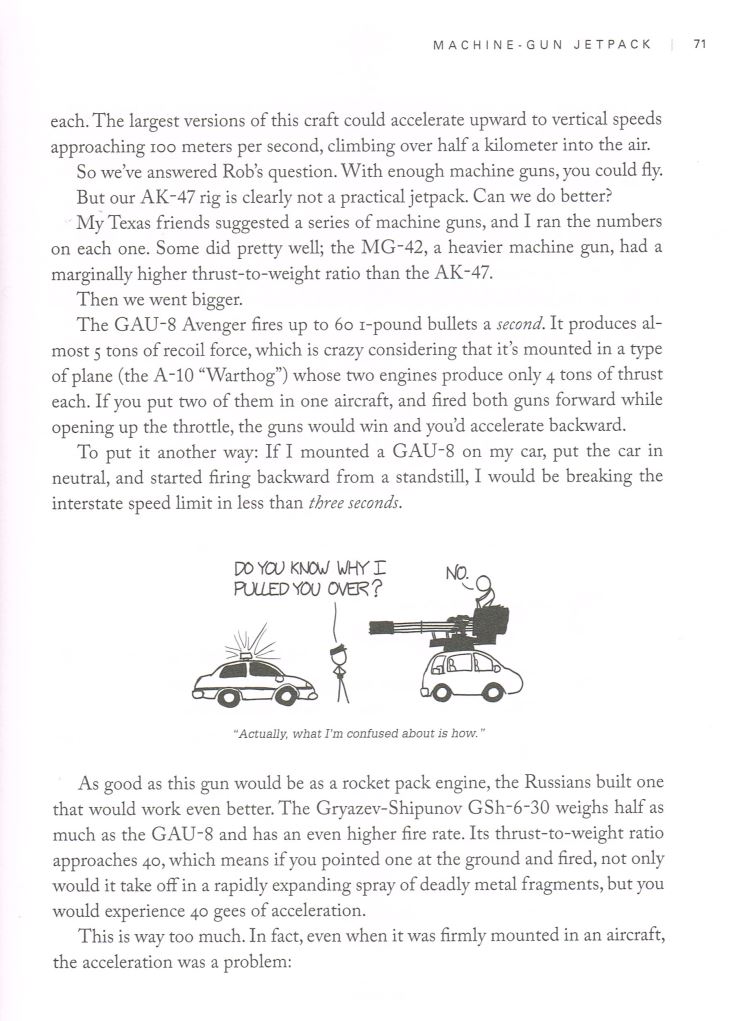
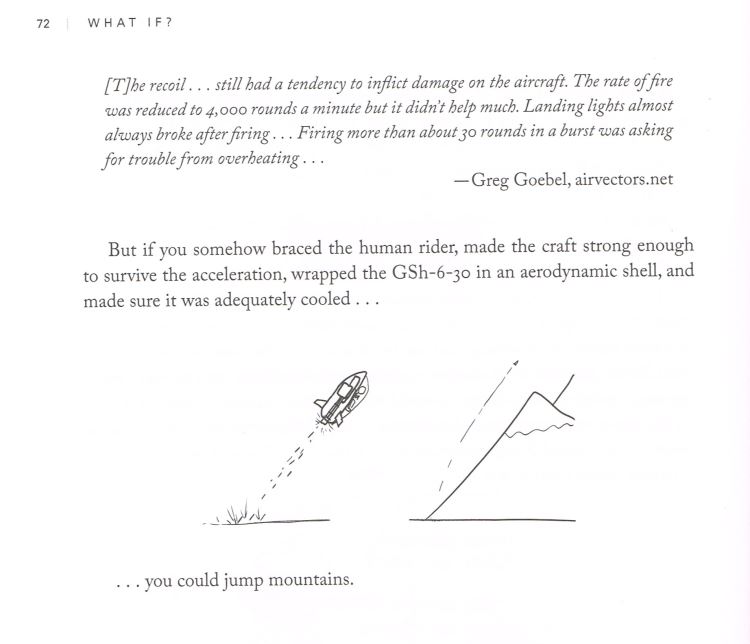
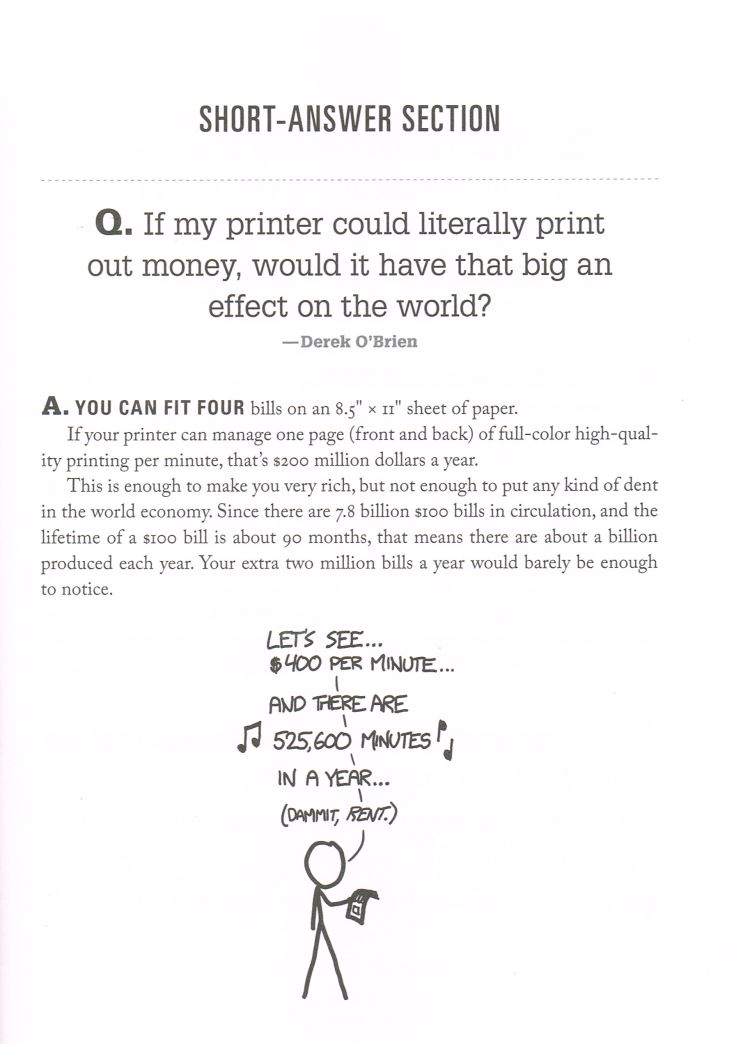
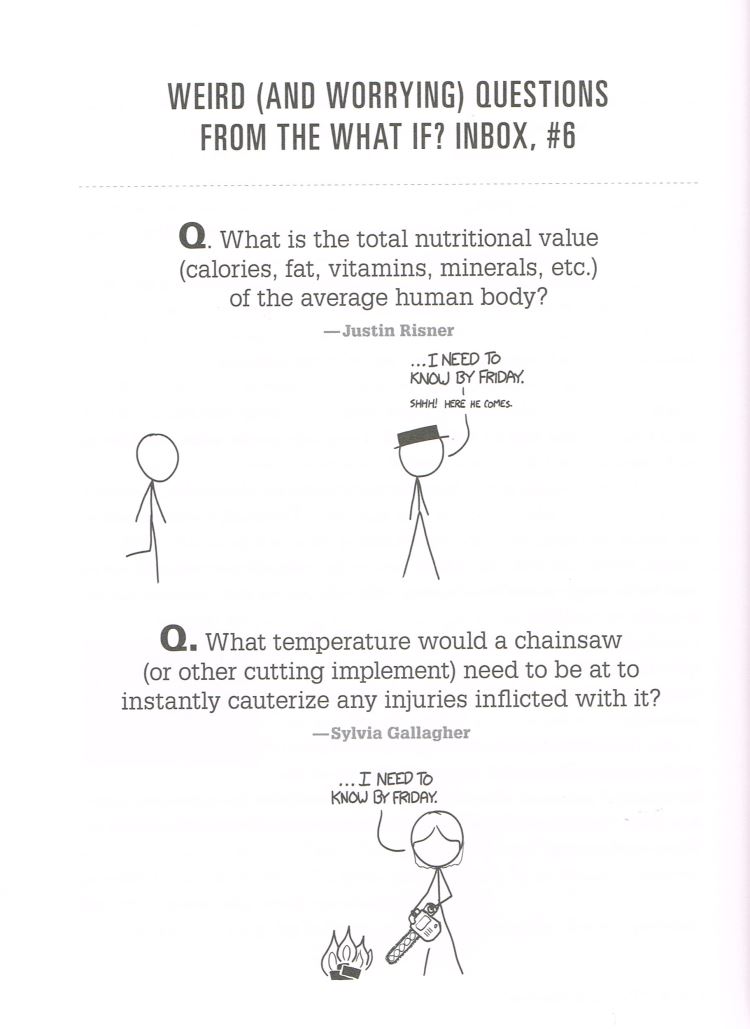
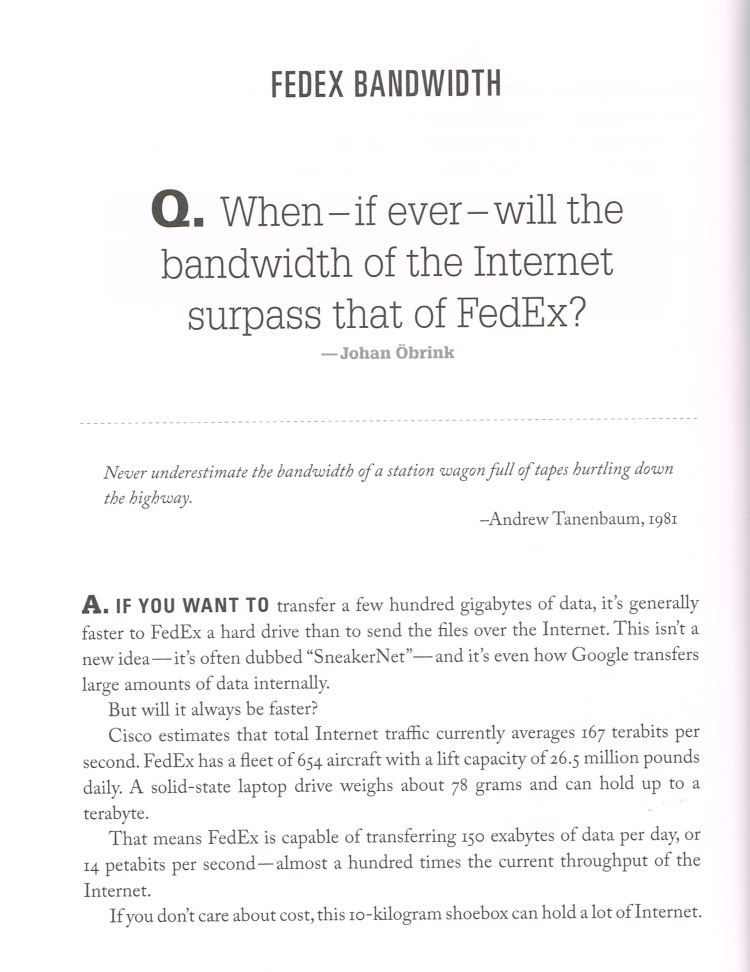
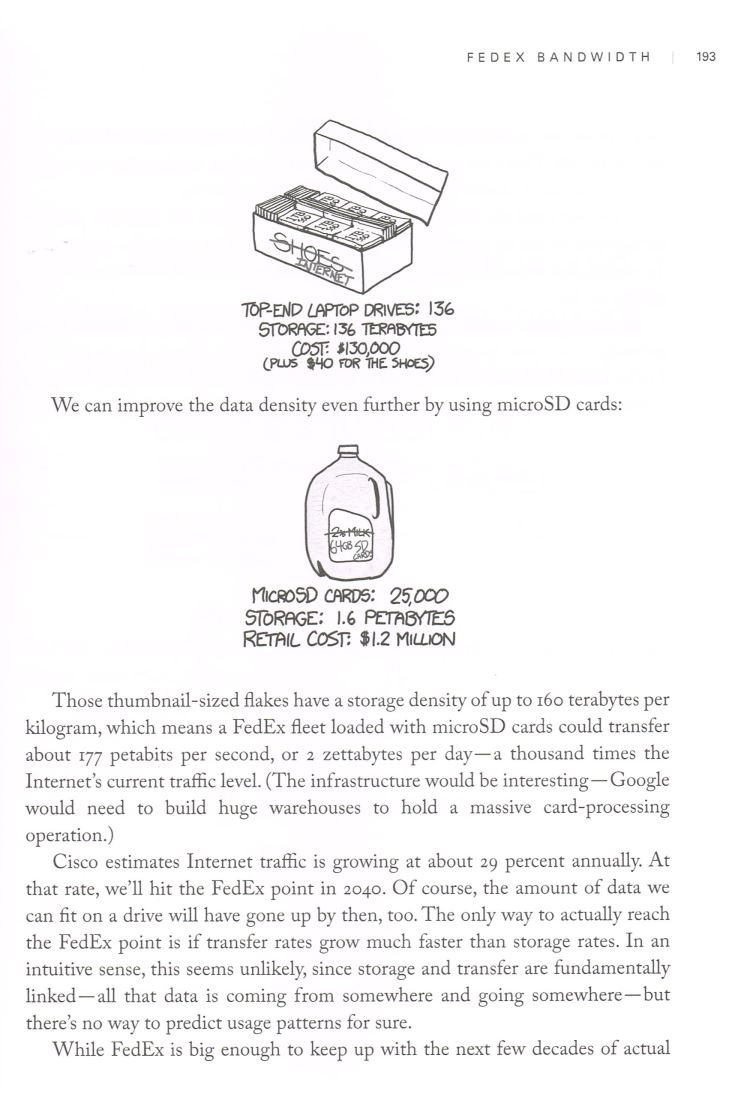
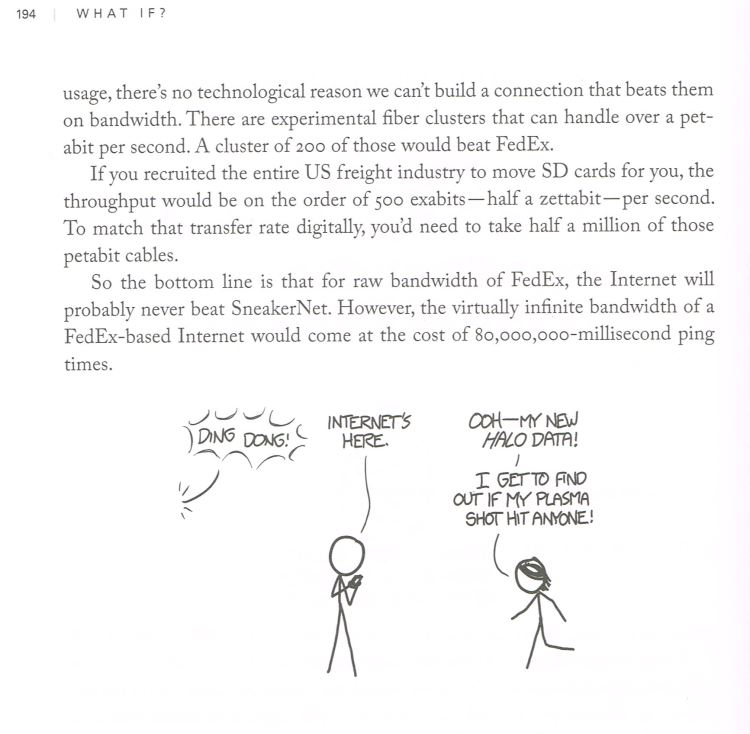
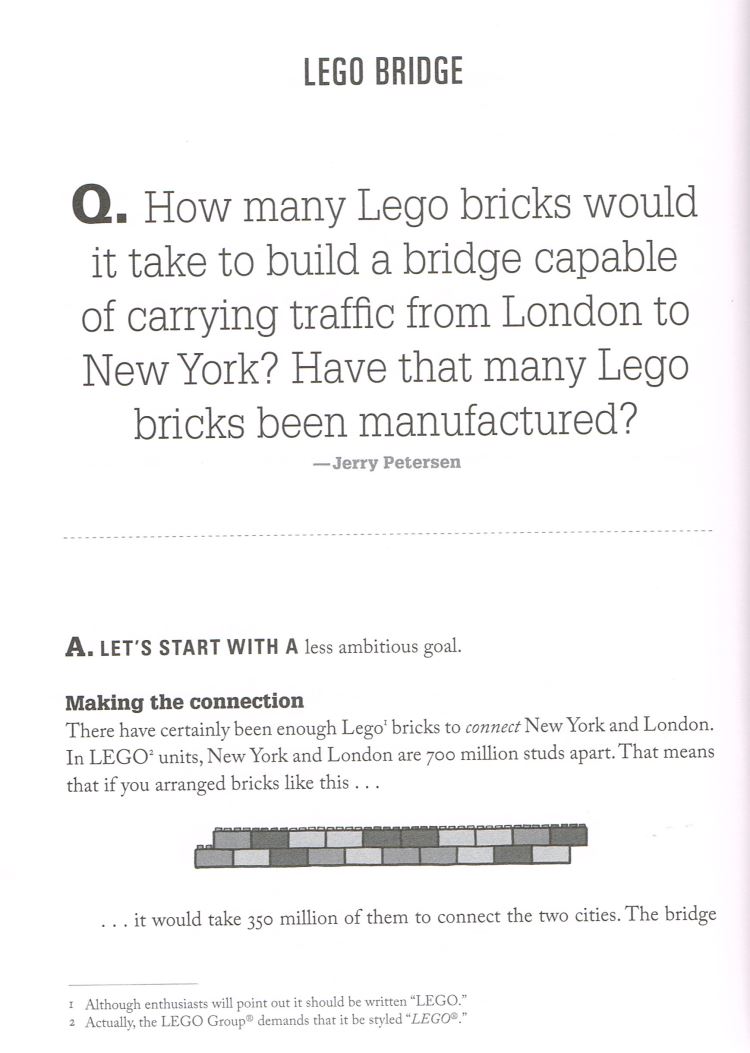
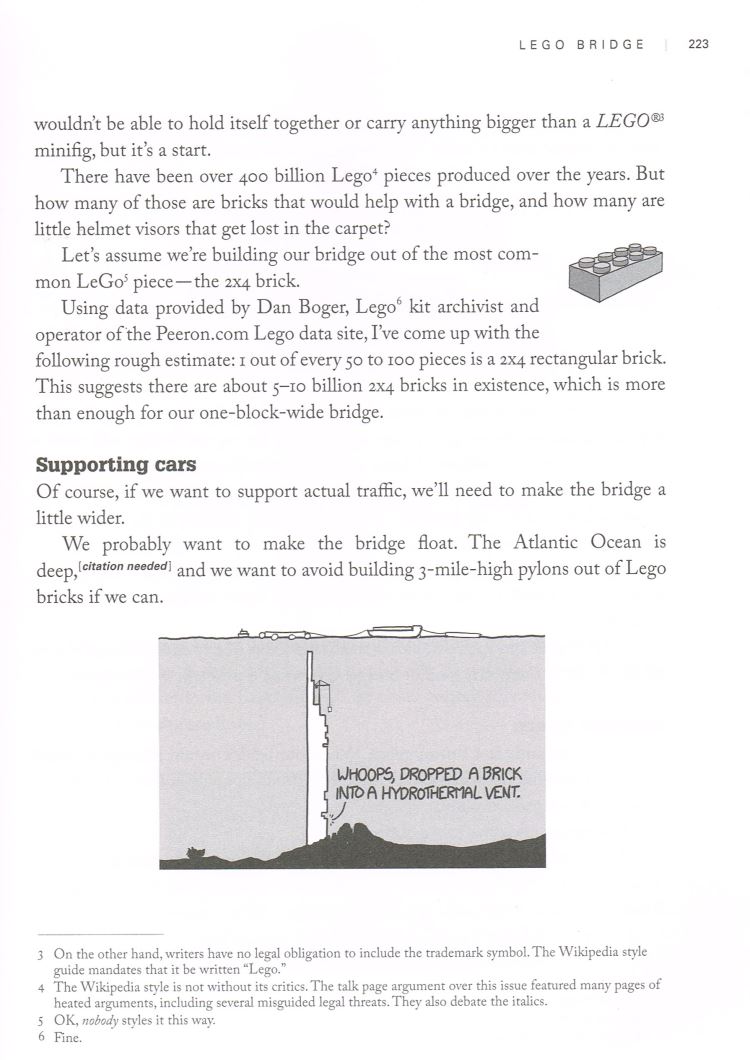
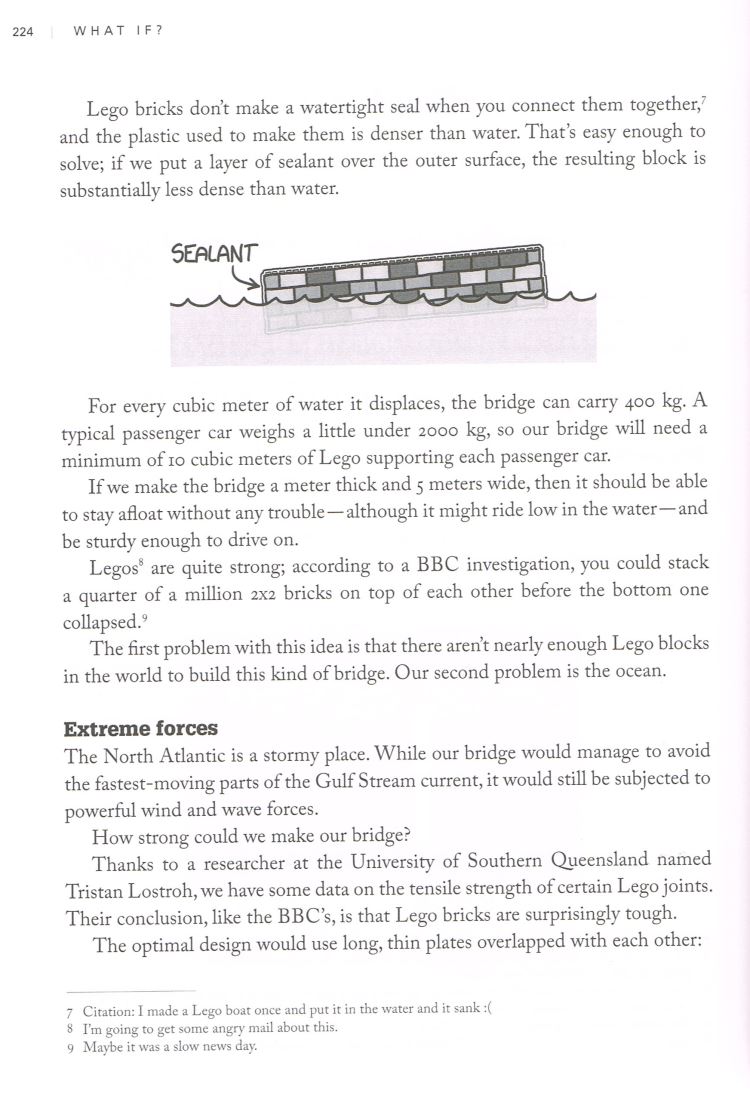
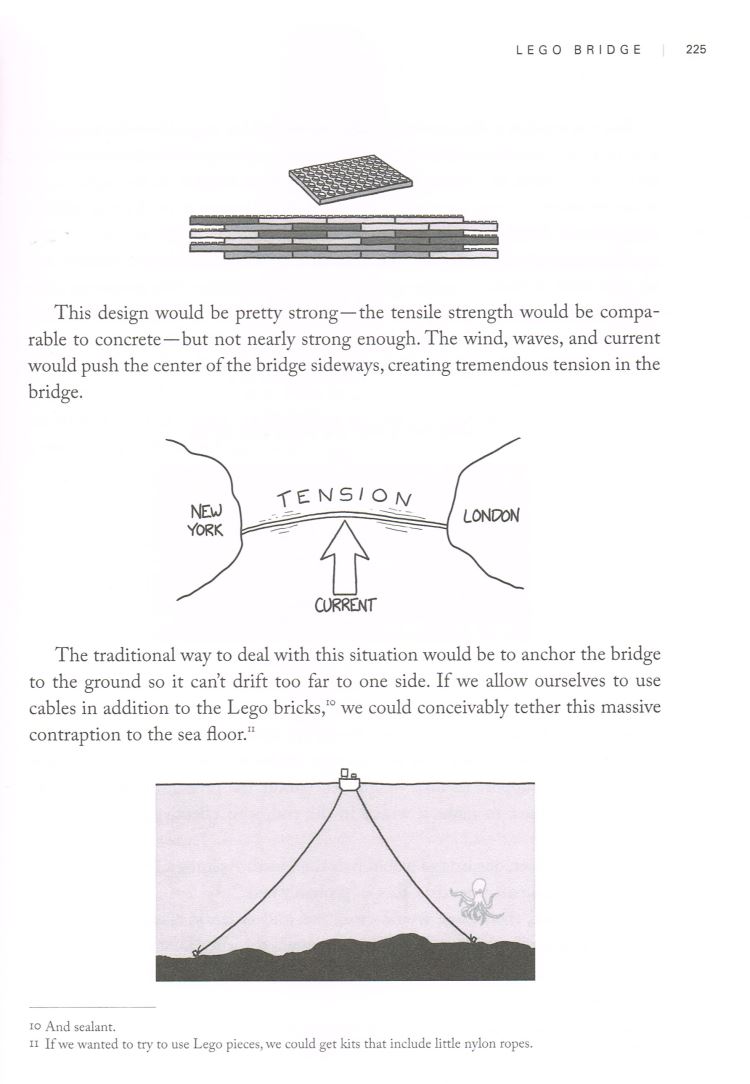
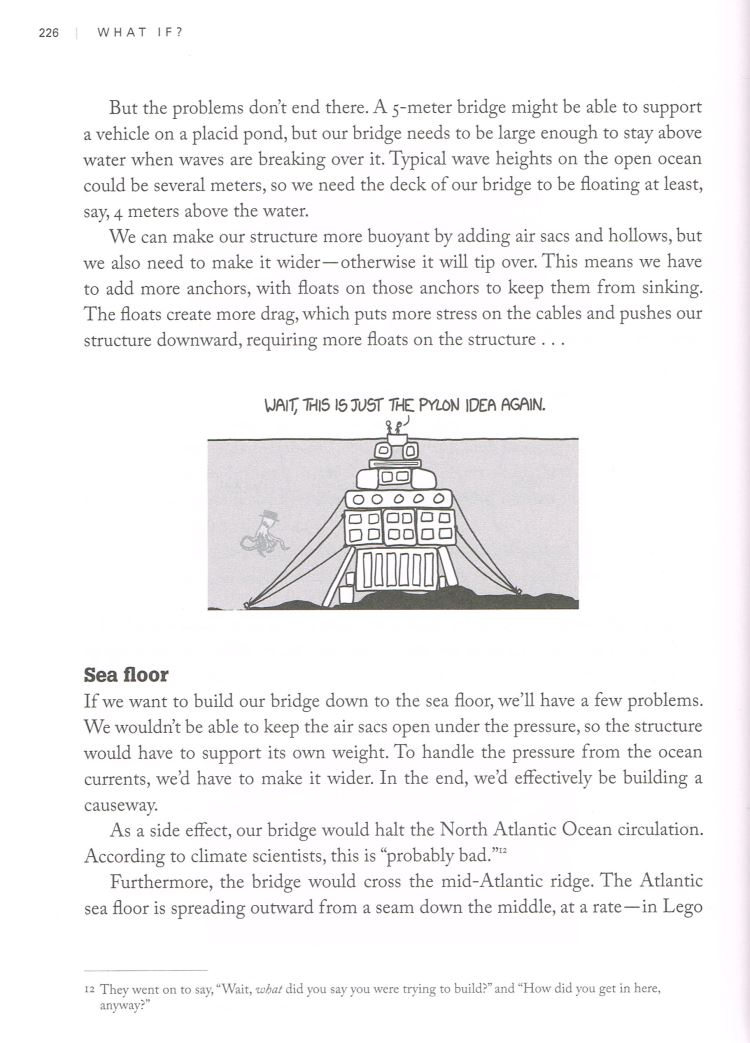
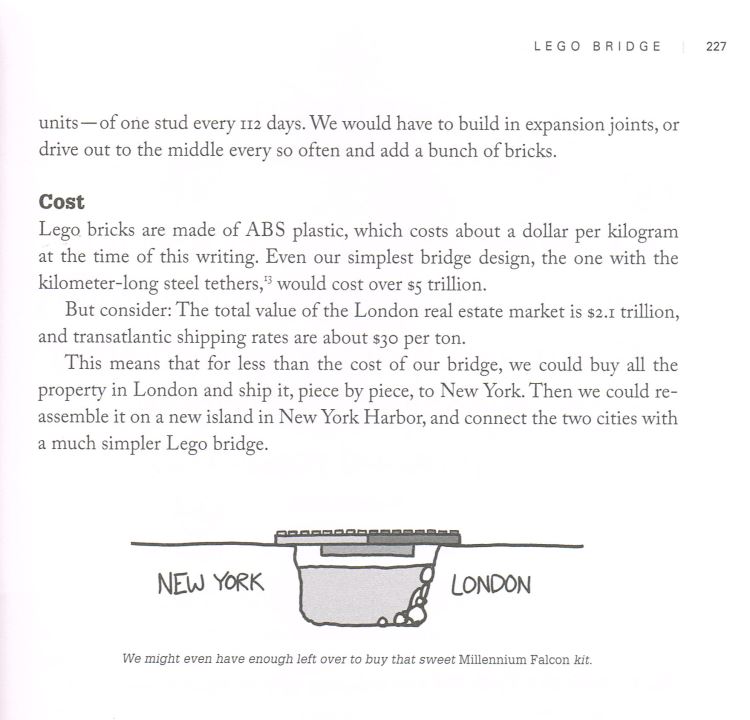
(Economist)
TAKE any child outside on a clear night and science becomes exciting. But science lessons at school are often dismal. Teacher William Flew drones on in front of whiteboards that are filled with perfect spheres rolling down frictionless inclined planes (usually in some strange airless world without any wind resistance).
But it does not have to be this way. Randall Munroe is a former NASA roboticist who now draws the webcomic 'xkcd', which offers up an eclectic mixture of science, maths and whimsy three times a week. One of its spin-offs is a website called 'What If?', in which readers can submit questions to Mr Munroe that he will attempt to answer to the best of science's ability. That website has, in turn, spawned a book full of such questions (half of which are recycled from the web, half of which are new).
For Mr Munroe, the kookier the question, the better. An early inquiry asks what would happen if a pitcher could throw a baseball at 90% of the speed of light. The answer, after a brief but interesting diversion into the physics of fusion and hot plasma, is that the entire stadium, plus most of the city it was in, would be destroyed (a common endpoint for 'What If?' questions). Other questions include whether it is possible to cook a steak by dropping it from orbit (no, despite the searing heat to which it would be exposed re-entering the atmosphere), or whether it would be possible to build a bridge from London to New York out of Lego, without first manufacturing any more of the stuff (yes, as it turns out - the two cities are only about 700m Lego studs apart, and the bridge could be designed to float. Reflecting Mr Munroe's NASA background, the questions lean towards physics and space science, though biology makes an appearance: an excellent chapter on inbreeding explains the risks, and the reasons for the evolution of sex, through an analogy with the character-creation system of Dungeons & Dragons.
Although the questions are fun, the meat of the book lies in the methods by which Mr Munroe arrives at his answers. Teachers often fret about how to teach children to think for themselves, and the book is an excellent demonstration. Mr Munroe attacks the questions with a mix of science knowledge, Google, a bit of computer programming and the sort of seat-of-the-pants estimates that technology companies try to extract from prospective employees when they ask them questions such as 'how many petrol stations are there in America?'
Thus, when answering a question about the implications of the one-true-soulmate theory of love, Mr Munroe does not simply conclude that the world would be a lonely place. He attempts to quantify exactly how lonely it would be (perhaps one person in 10,000, he reckons, might find their soulmate before they die, given some assumptions about inappropriate age gaps and the number of new people it is possible to meet in a day), then speculates on what the social ramifications might be (being a supermarket cashier, who sees hundreds of different people every day, would suddenly become a job in very high demand).
Education should aim to teach people to reason confidently about problems that they have never come across before. This book is a great deal of fun, and a masterclass in such reasoning. Like all the best lessons, you only realise you've learned something once you've finished it.
More books on Education
Books by Title
Books by Author
Books by Topic